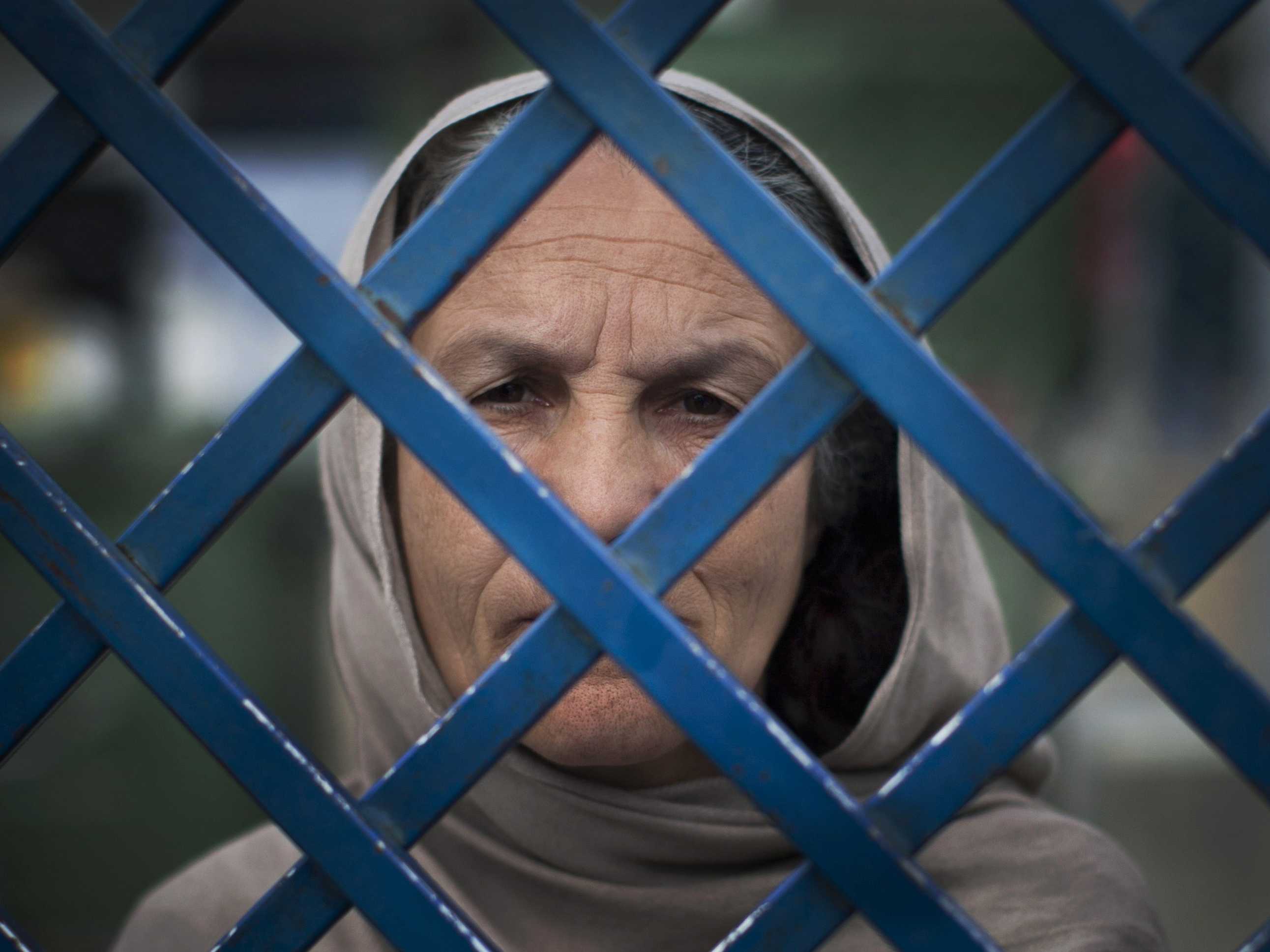Established at the Millennium Summit of the United Nations in 2000, the Millennium Development Goals (MDG) are eight international development goals that member states and international organizations have committed to help achieve by the year 2015. With the 2013 Millennium Campus Conference being held at Northeastern University, let us refresh ourselves on the current status of these eight goals, one day at a time.

4. Reduce child mortality
The 2015 target requires that the mortality rate of children be reduced from 93 children of every 1,000 dying to 31 of every 1,000; a reduction of two-thirds. Currently, the worldwide mortality rate for children under five years old has dropped by 41 percent, from 87 deaths per 1,000 to 51 deaths, according to reports published in 2011. During that year, about 6.9 million children–that’s 19,000 a day–died from what were mostly preventable diseases in the poorest regions of the world. So far, the only regions that have met the target are Eastern Asia and Northern Africa, while Latin America and the Caribbean, South-Eastern Asia and Western Asia have been able to reduce their mortality rates by at least 50 percent. Sub-Saharan Africa and Southern Asia have also achieved reductions, although not as substantial, with 39 percent and 47 percent, respectively. With these numbers, the UNDP remains hopeful in achieving the target child mortality rate, referencing the progression of countries such as Bangladesh and Liberia after successfully cutting the mortality rate by two-thirds.

With child deaths occurring sometime around the first month of births, it is imperative that efforts be made as early as possible. Moreover, targeting the heavily affected regions of the world, like India and Nigeria, which account for more than a third of all child deaths under five worldwide, can make target rates a reality. Sub-Saharan Africa, the most impoverished region suffering from high child mortality rates, will only see an estimated eight of its 49 countries meet the MDG target: Botswana, Cape Verde, Ethiopia, Liberia, Madagascar, Mali, Nigeria and Rwanda.
World leaders are targeting the top causes of child death such as pneumonia, diarrhea, malaria and under-nutrition. Studies published in 2013 have shown that children born into poor households are almost twice as likely to die before the age of five and so finding improvements, any improvements, in regions like sub-Saharan Africa, gives hope to the world. In addition, children are also likely to die earlier if they are born in rural areas and/or if their mother is denied basic education. Despite the slow yet steady development of the goal, world progress with children’s health has relatively improved after an estimated 10.7 million lives–mostly children under five–were saved from the years 2000 between 2011 due to immunizations against measles. Although vaccinations in the two most heavily affected regions, sub-Saharan African and Southern Asia, have been expanding, outbreaks continue to persist due to inadequate immunization systems and “delayed implementation of accelerated disease control,” according to a UNDP report. Even more disturbing, 90 percent of the measles deaths in 2011 occurred in sub-Saharan Africa and Southern Asia. During the years 2000 and 2011, worldwide coverage of the first of two-dosage measles vaccines increased from 72 to 84 percent; although these numbers may seem like a success, the UNDP has found that about 20.1 million children did not receive first-dose vaccines and so the “expansion” of accessibility has been undermined.
Beyond diseases, malnutrition is another cause for high rates of child deaths. In a 2006 and 2007 study by the UNDP, a vast number of children living in the poorest areas of Canelones, Uruguay suffered from “severe malnutrition” and much lower size and weight than the country’s average. It was also found that children in Canelones aged 0 to 4 years old were 11 percent more delayed than others in the country in terms of physical and mental development. The findings were published and soon, the UNDP and UNICEF reached out to the Canelones government and local organizations to create the “Canelones Grows with You” program. The project established relationships with vulnerable families and gave support to mothers and their children from birth to age three. The families assisted by the program were given food, and family members were educated through a course on healthy eating for babies and mothers. Through courses, parents learned how to further “enrich” their food through supplement powders filled with nutrients, while special medical attention and regular check-ups were granted to pregnant women. Later on, post-partum pediatric services were strongly encouraged. The program has proven to have successfully decreased the rates of malnutrition and prematurity in physical and mental aspects. Finally, the influence of the project continued to be so successful that the government of Uruguay decided to make it a national policy, developing the program, “Uruguay Grows with You.”
Since the MDG project began in 2000, the rate of decline in mortality rates has been increasing globally. Although it is still the region experiencing the most child deaths, sub-Saharan Africa has doubled its rate of reduction to 3.1 percent a year in 2000 to 2011 from 1.5 percent a year in 1990 to 2000, a model proving that the movement is progressing. In order to see these numbers drop further, the UNDP needs to continue working with governments and coordinating with non-profit organizations by finding ways to provide access to nutritional food, medical services and educational support to families that are in dire need of resources in order to save their children, from urban areas to the most rural farms; then and only then can the target rate of a two-thirds reduction be a probable goal.
Kaoru Inoue
International Affairs ’17
United Nations Development Programme, “Millennium Development Goals: Reduce child mortality.” http://www.undp.org/content/undp/en/home/mdgoverview/mdg_goals/mdg4/.
United Nations Development Programme, “Millennium Development Goals.” http://www.undp.org/content/dam/undp/library/MDG/english/mdg-report-2013-english.pdf.
Zunin, Esteban. Unit, “In Uruguay, programme helps parents keep children healthy.” http://www.undp.org/content/undp/en/home/ourwork/womenempowerment/successstories/in-uruguay–program-helps-parents-keep-children-healthy/.


